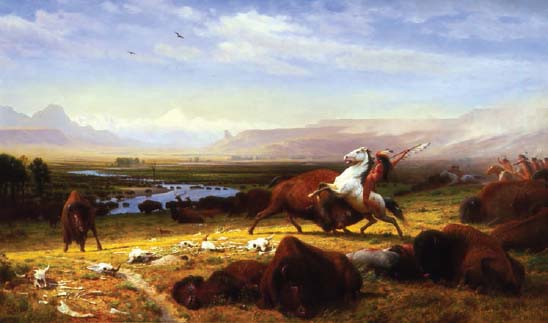Baroque and Beyond C. 1600–1850Art of the Americas |
Why was Horatio Greenough’s sculpture of George Washington so controversial? |
Horatio Greenough (1805–1852) was a neoclassical sculptor and artist, and is considered to be the first professional American sculptor. His grand marble sculpture of President George Washington was modeled after a sculpture of Zeus at Olympia by Phidias, an ancient Greek sculptor, and depicts the first president semi-nude, wearing a Roman toga, and seated in a lion throne. His right arm points up towards heaven in a pose similar to Raphael’s depiction of Plato in the Renaissance fresco, The School of Athens. Greenough’s purpose with this pose was to emphasize Washington’s role as a military leader and philosopher. When the sculpture was displayed in the Capitol Rotunda in 1841, however, the public found it shocking and inappropriate, and some even found it funny. The sculpture fell into disrepair and was eventually moved to the Smithsonian. It can now be seen at the National Museum of American History.

Albert Bierstadt captures the essence of the American West in his nostalgic 1888 painting, The Last of the Buffalo, which is an example of the art produced by the Hudson River School.
